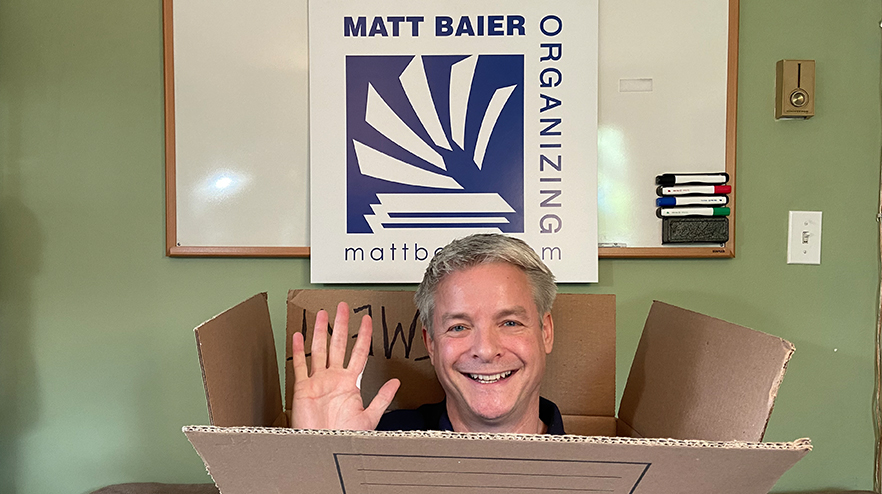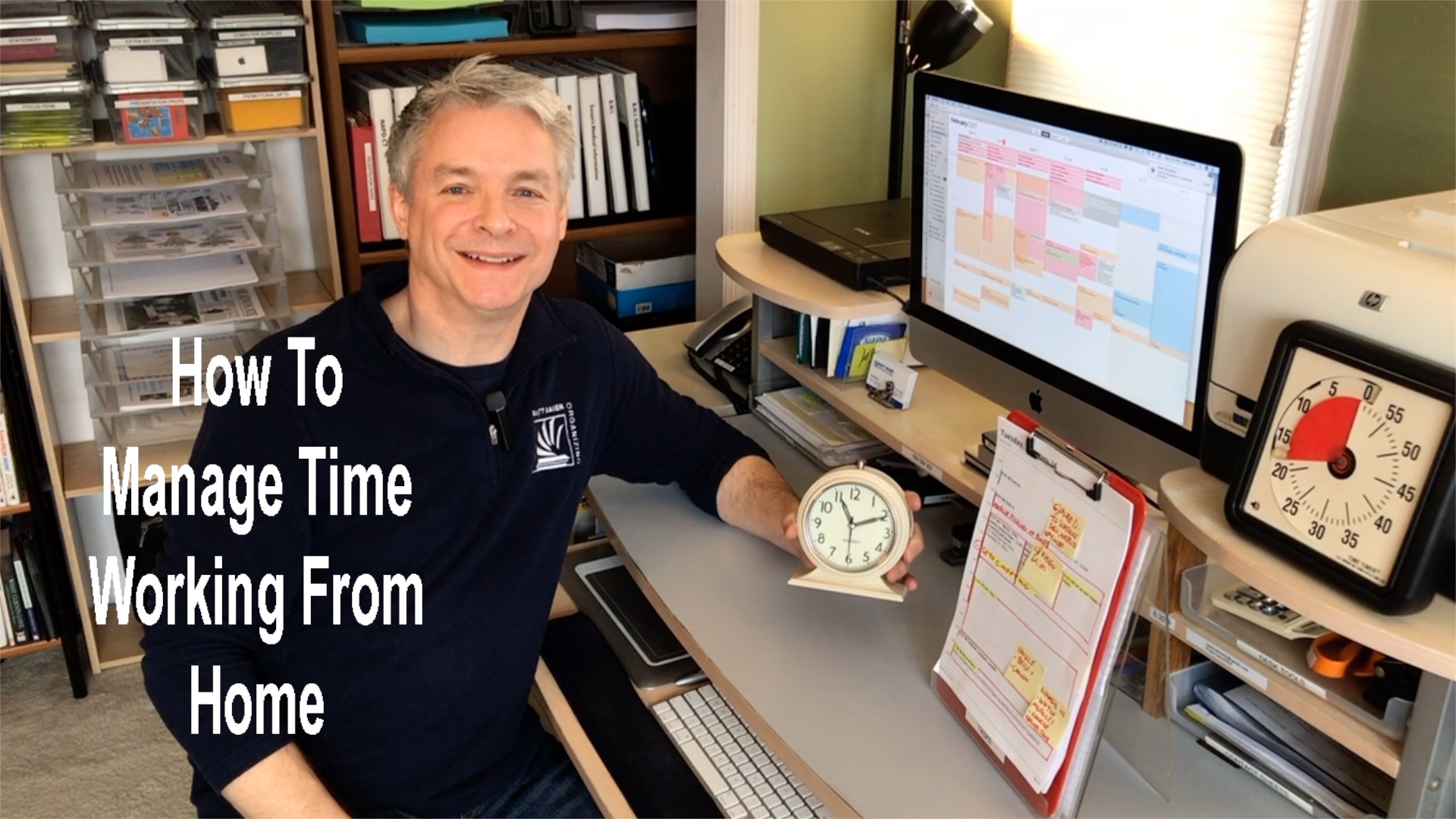To declutter and stay organized, even stored items require a plan for movement. In my book The Circulation Solution, I assert that circulation prevents accumulation. By “circulation” I mean a plan for movement in a series of manageable, reliable stages. My book includes a chapter on storage, because even static items needs a plan for movement.
Log Jams
A great way to understand this concept is to look at a log jam. In past centuries, log drivers would move logs down river to a saw mills. Their job was to keep the logs moving to prevent log jams, like in the picture above. In a log jam, nothing can move and lumber production shuts down. A “log jam” of possessions can shut things down in our homes too.
Sometimes items in our homes accumulate in loose piles, but sometimes a log jam can happen in a storage unit. We tend to think we are being more organized as long as we contain items. However, it could well be that your storage unit is a “clutter trap”. What’s the difference between a clutter trap and an effective organizing structure? The clutter trap doesn’t have a plan for movement.
Returning to the log jam analogy, the job of the log drivers was to separate logs from the log jam. Once separated the logs could float (move) downstream. In movement the logs get to where the need to go, to make progress: the sawmill.
Log Booms
Actually, the logs would first be collected in what is known as a “log boom.” This was a floating barrier by the sawmill that would hold the sorted logs. Logs would stay in the log boom until they are ready for cutting. A log boom represents a manageable, reliable stage. Understanding stages is an essential part of The Circulation Solution, in order to stay organized. It means not feeling the pressure to get things to their correct final location. Instead, the goal is to advance items to the next manageable, reliable stage in that direction.
Moveable Units
Before we can move items to their next stage however, we have to be sure they are moveable. So anytime you store something, it is important to think about how it can move. Don’t worry about when necessarily, just how. If you can’t possibly imagine how an item will move, odds are it never will. That item and items like it will just continue to accumulate. That’s how log jams start.
What do you do if you can’t figure out how an item in storage will move? Change the question to “why are you keeping it?” Here’s an example. We worked with a client who had a log jam in a big display unit. She had boxes of photos, keepsakes, office supplies, paper, magazines, and many books stuffed in. She accumulated many bags and boxes around the foot of his unit as well. We broke up the log jam and reviewed all items, except for the books. We did those last, because she was nervous about those. I assured her that we had a painless process for reviewing books.
Books Example
The client and I didn’t start by seeing what we could get rid of. I asked her why she kept each one. I didn’t offer her a hundred reasons, just six. There was a box for each of the following: to read, reference, novels, keepsakes, art books, donates. She didn’t hesitate at all. She flew though them! We broke up the book log jam and converted the books into moveable units.
The books she hadn’t read went to the den, where she does most of her reading. The novels went to the living room and the reference went to her home office. The keepsake books went to her attic and the art books went to her craft room. Because she was focusing on what she was keeping and why, she was able to give two boxes to donate. Those moved to the library, like logs to a “log boom.”
Storage should be about temporary holding, not endless hiding of items. The best way to do this is to identify the reason why you are keeping something. This simple action converts the item into a moveable unit. Obviously it can’t move at this moment but you have created a plan for movement. Don’t think about it too much it won’t become a habit. But if you don’t think about it at all, you run the risk of intractable accumulation.
Stop this log jam before it starts!
Please Share With Your Community
Related Posts
Testimonials
What some of our clients are saying
Imagine An Organized Home













